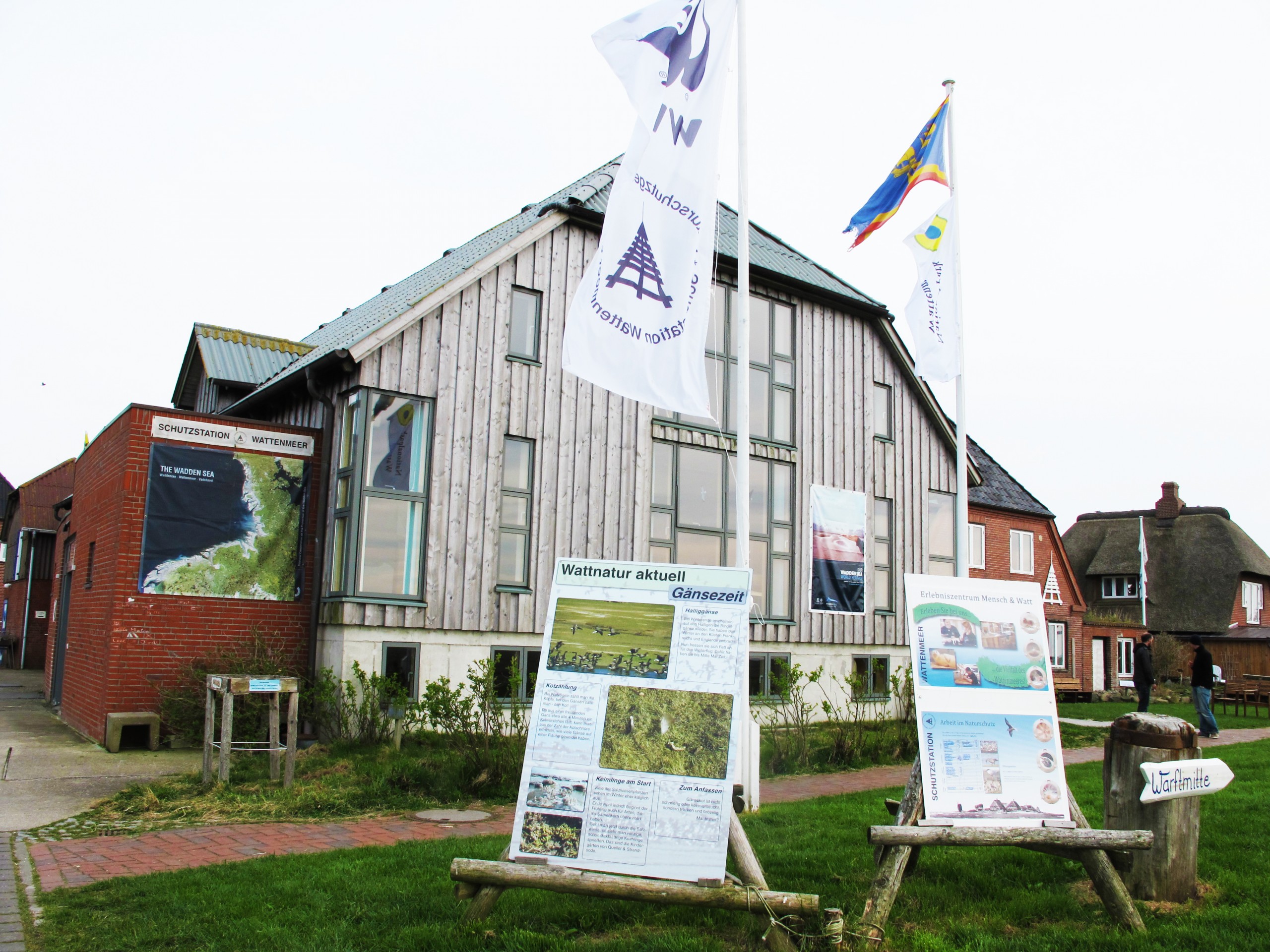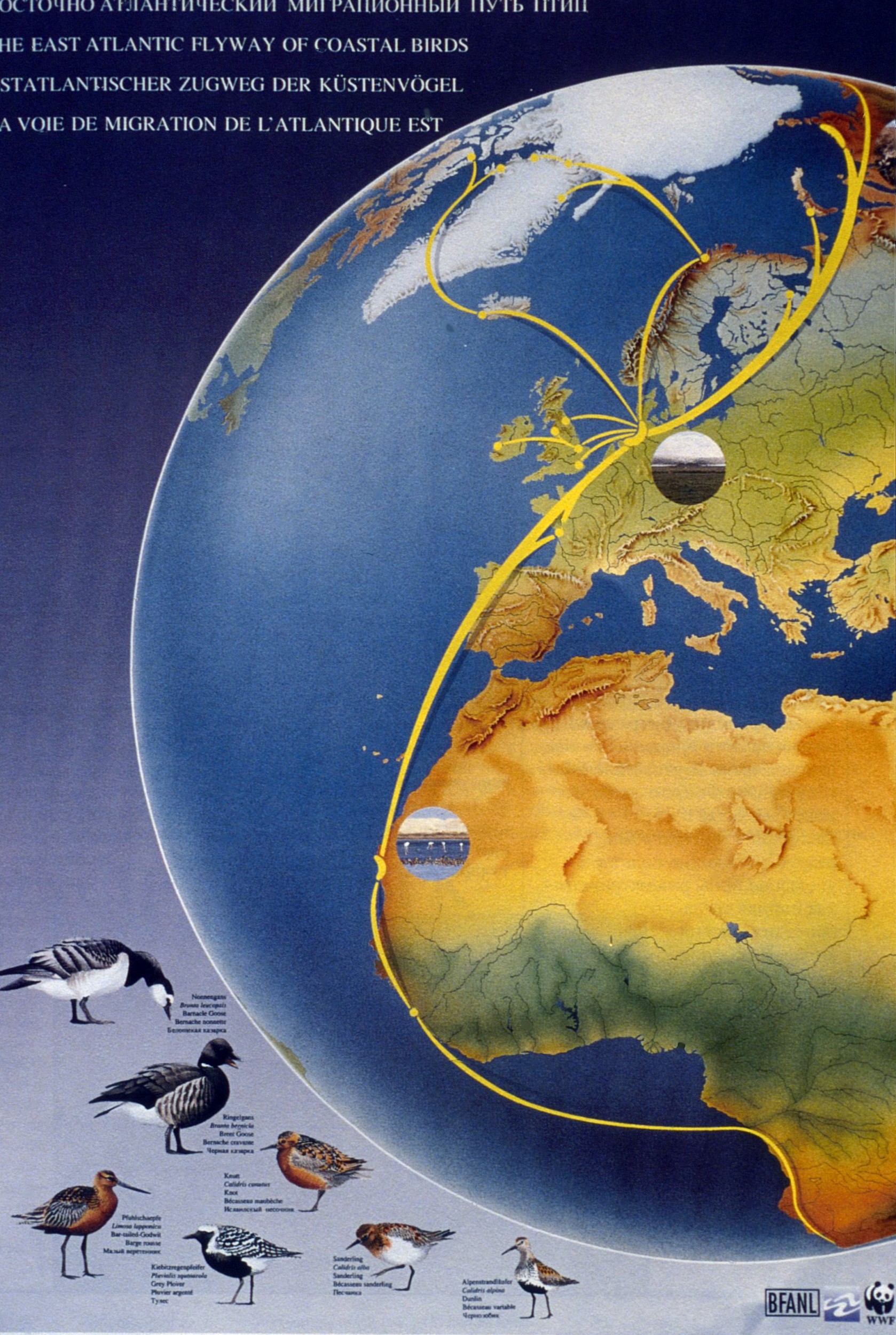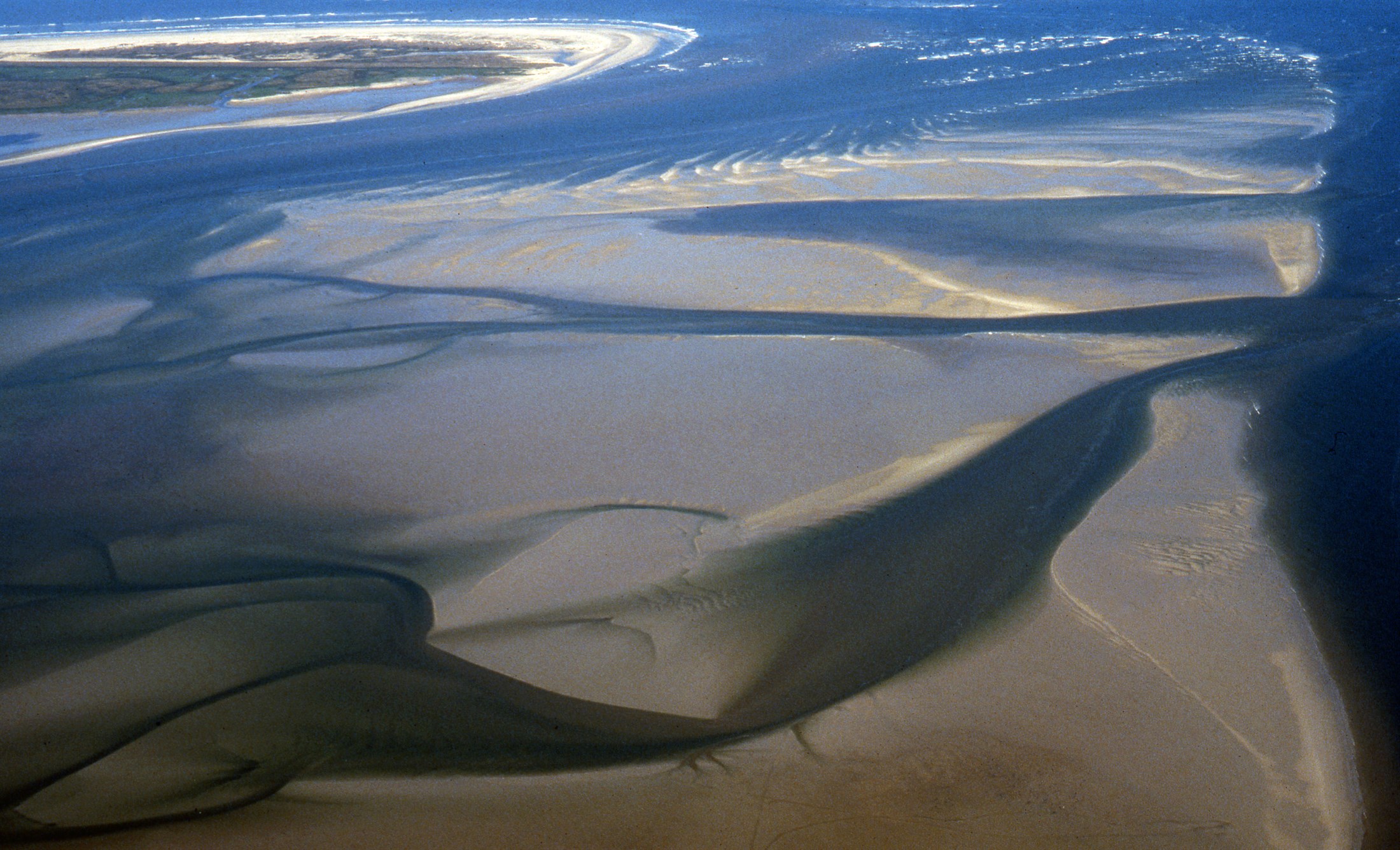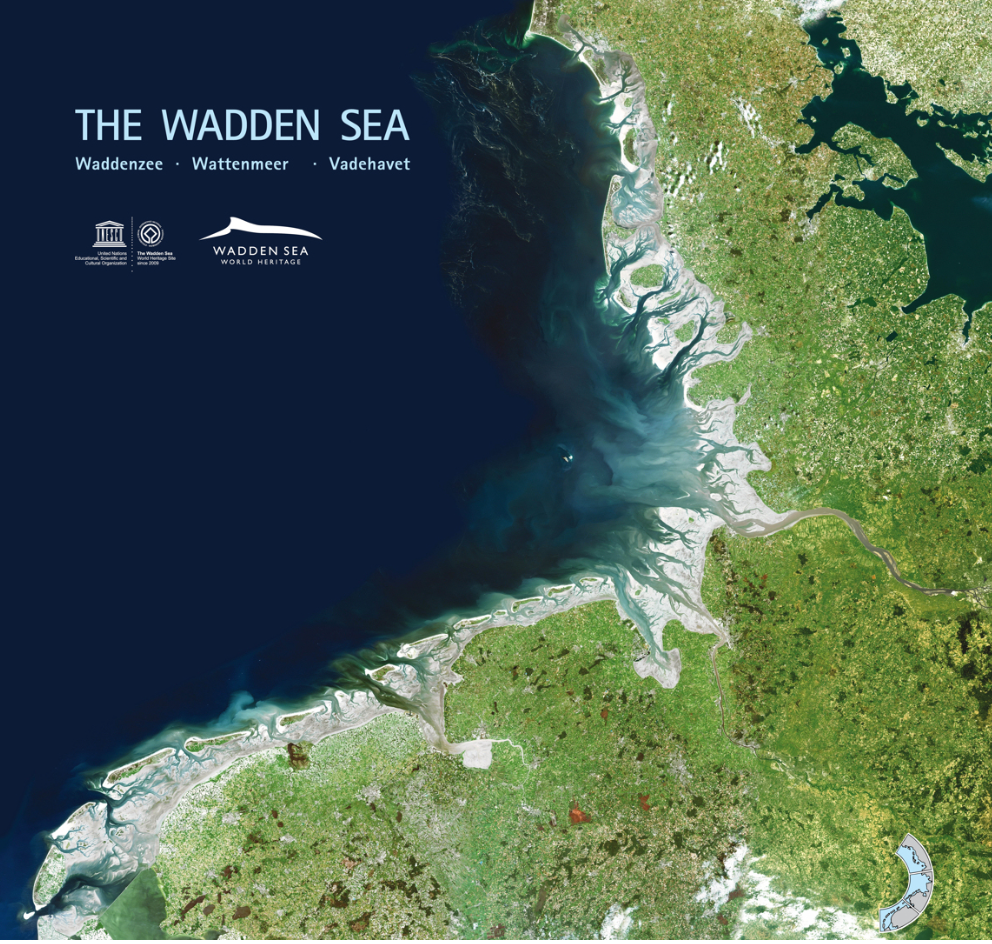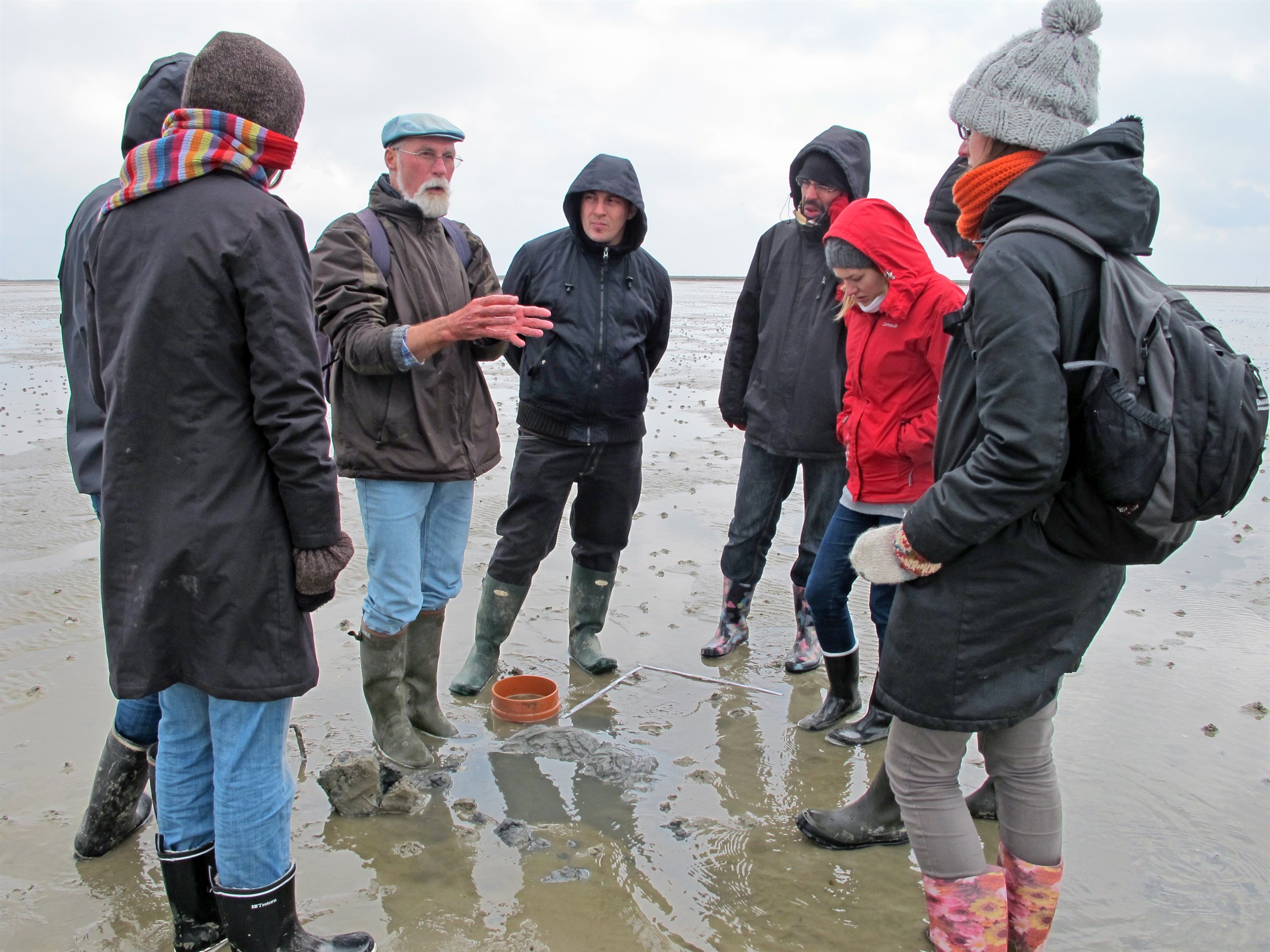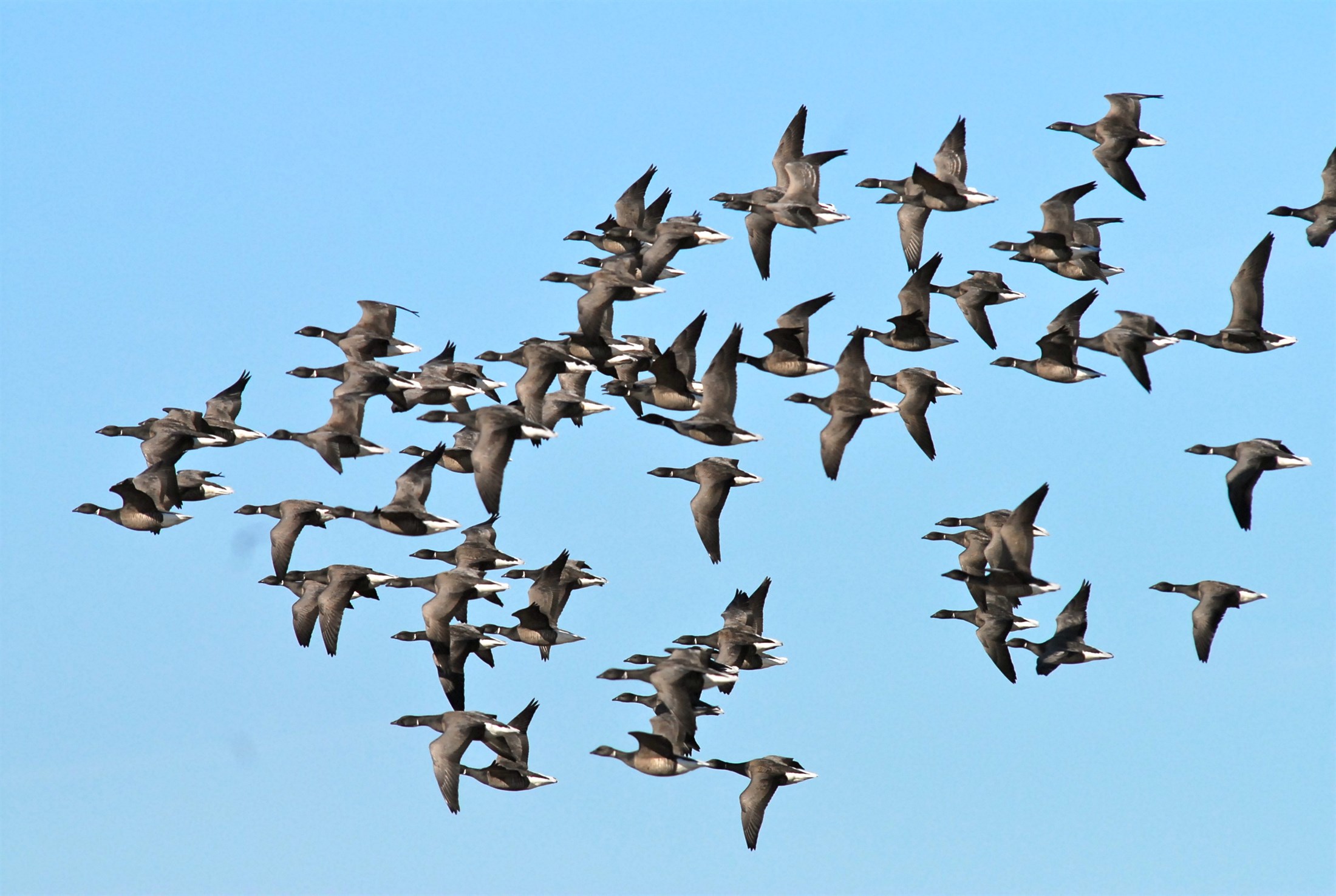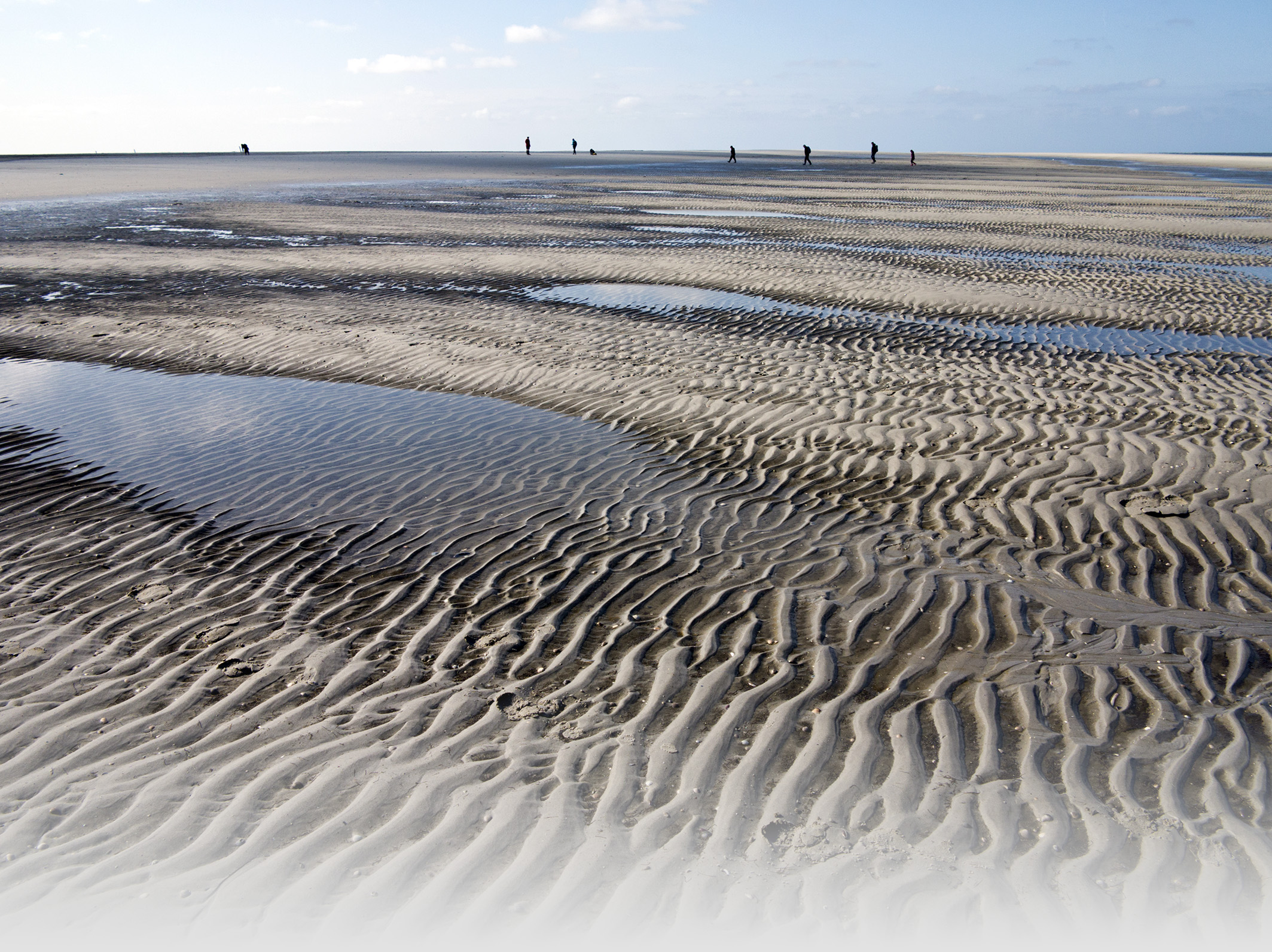The Wadden Sea nature conservation NGO Schutzstation Wattenmeer is a founding member of LT&C, and the International Wadden Sea is one of our largest LT&C-Examples regarding its geographical size. We are interested in how this example gains further improvement and whether other regions could learn or do replicate experiences from it. What role in that plays the Schutzstation? We, therefore, approached the CEO of the organization, Harald Förster, with a few questions to this point:
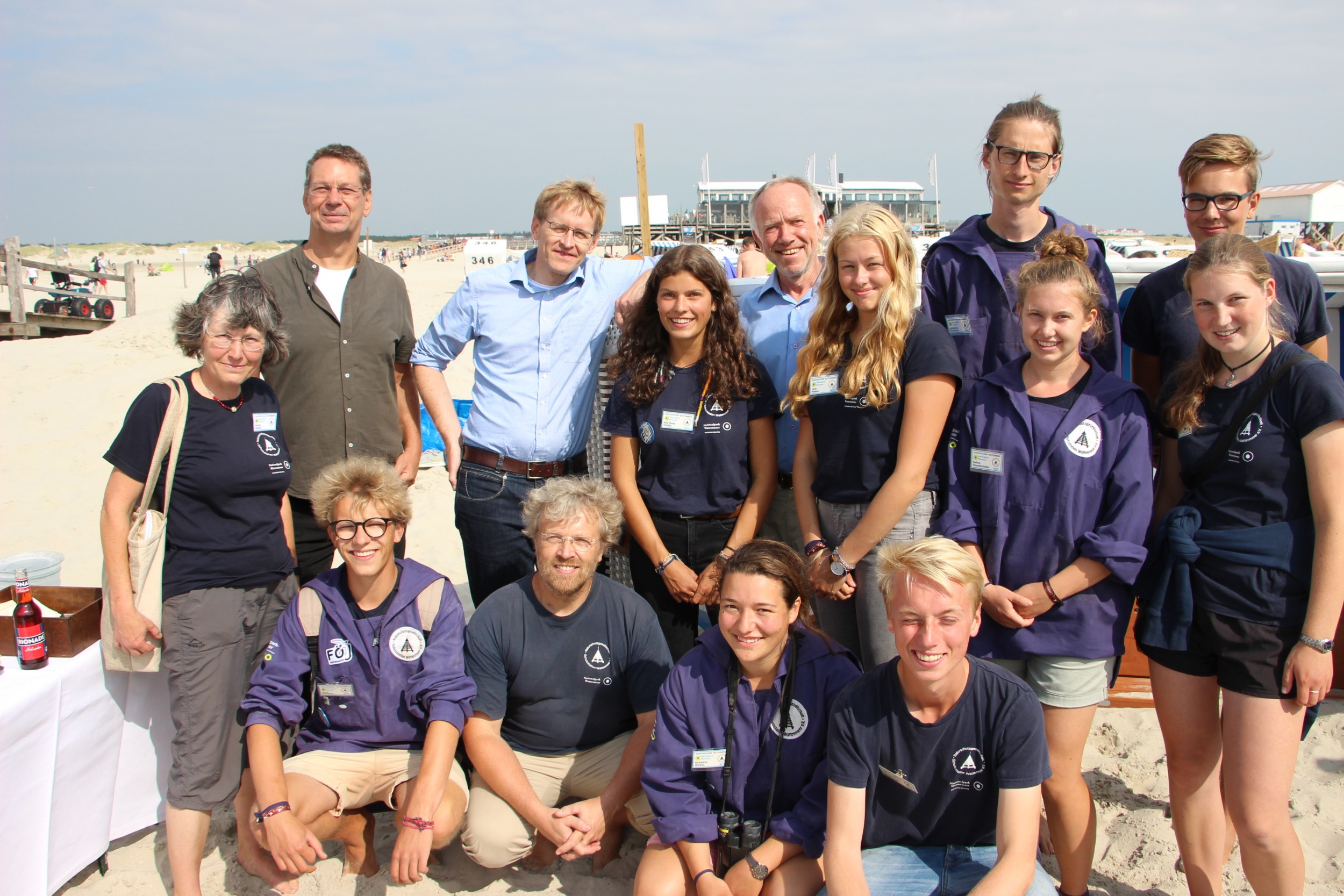
Harald, what was the historical contribution of the Schutzstation Wattenmeer that the Wadden Sea today can be ranked as LT&C-Example, where tourism is supporting the protection of the area?
The Schutzstation Wattenmeer was founded in 1962. At that time she was the first NGO in the Wadden sea region which combines the traditional idea of nature conservation with interests of the people living in the Wadden sea region and tourists using the environment for recreation. Today this is worldwide a common concept of nature conservation, e.g. well described in the Man and Biosphere Programme of UNESCO.
The vision of the Schutzstation Wattenmeer of the 1960s was quite progressive but received at that time harsh criticism of politicians, other NGOs and the public.
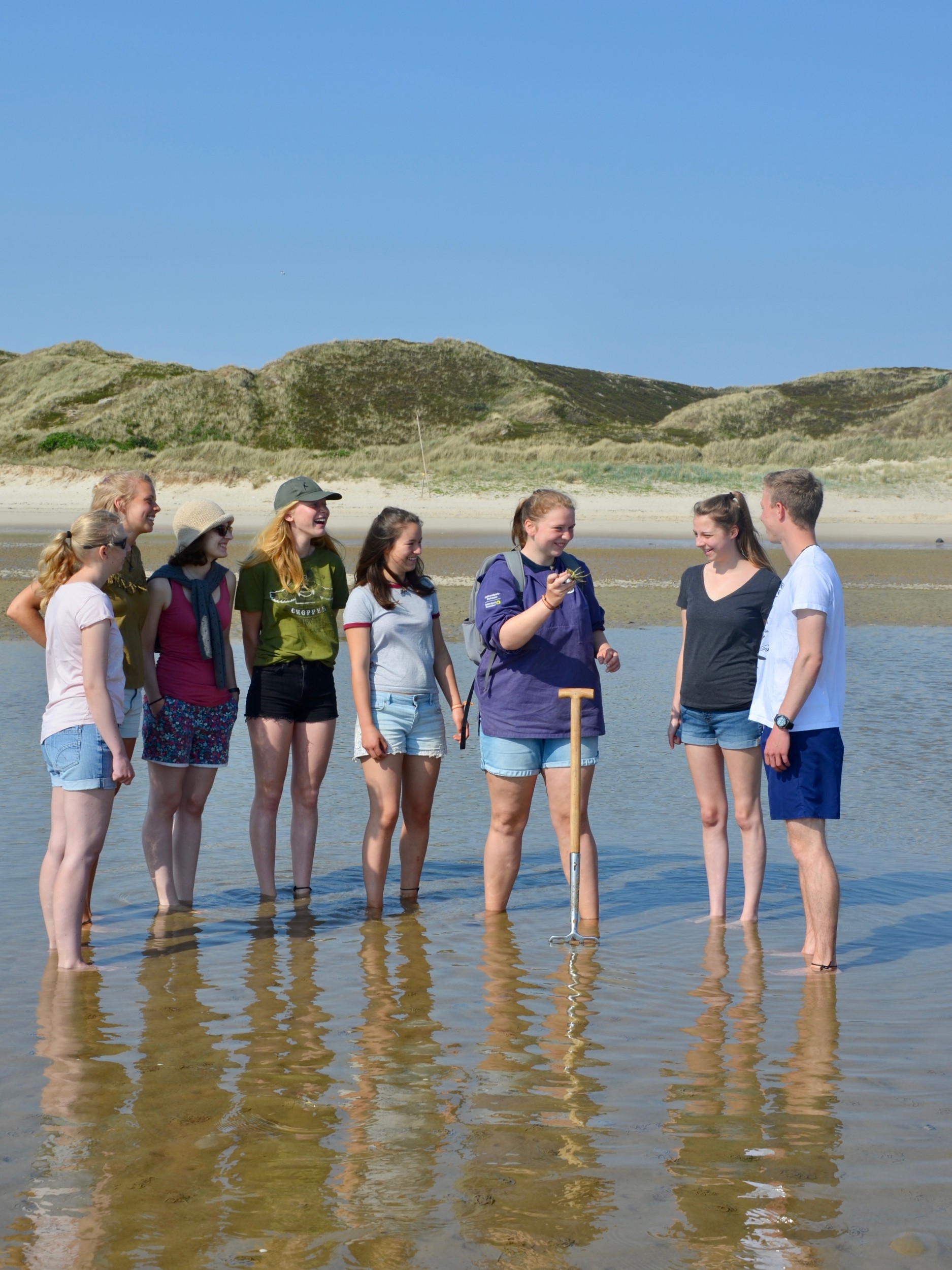
Much of the education work of the Schutzstation Wattenmeer is perfomed by interns serving their voluntary ecological year 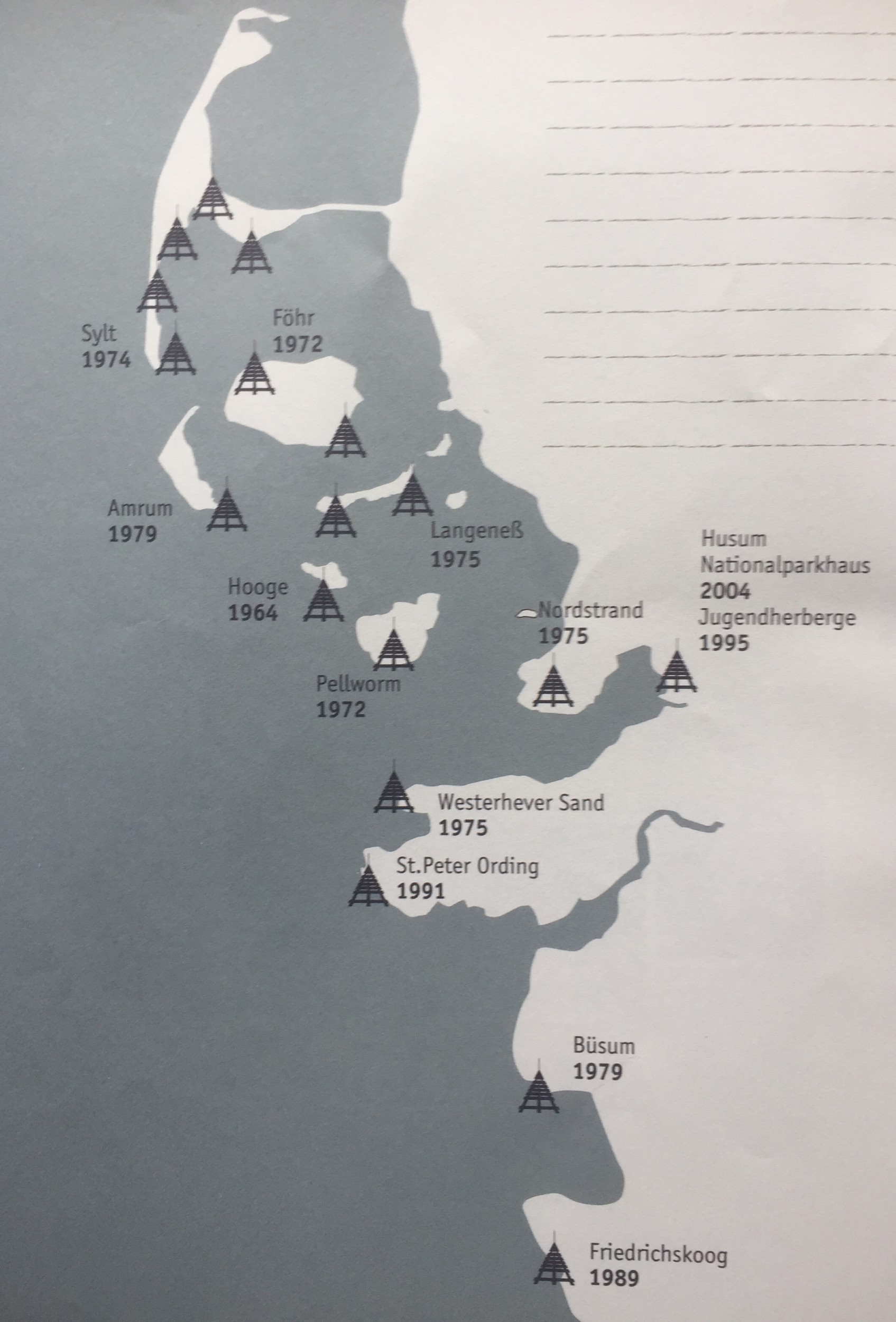
Many information and education centres were established since 1964
Today the Schutzstation is the leading NGO in the Wadden Sea with more than 8.000 public events per year and more than 350.000 people per year reached through events, educative excursions, exhibitions and other activities. We believe, that the fact that we over the years educated millions of visitors to the Wadden Sea about the values and protection needs of the area, had a major impact for achieving its status of national parks and World Heritage site.
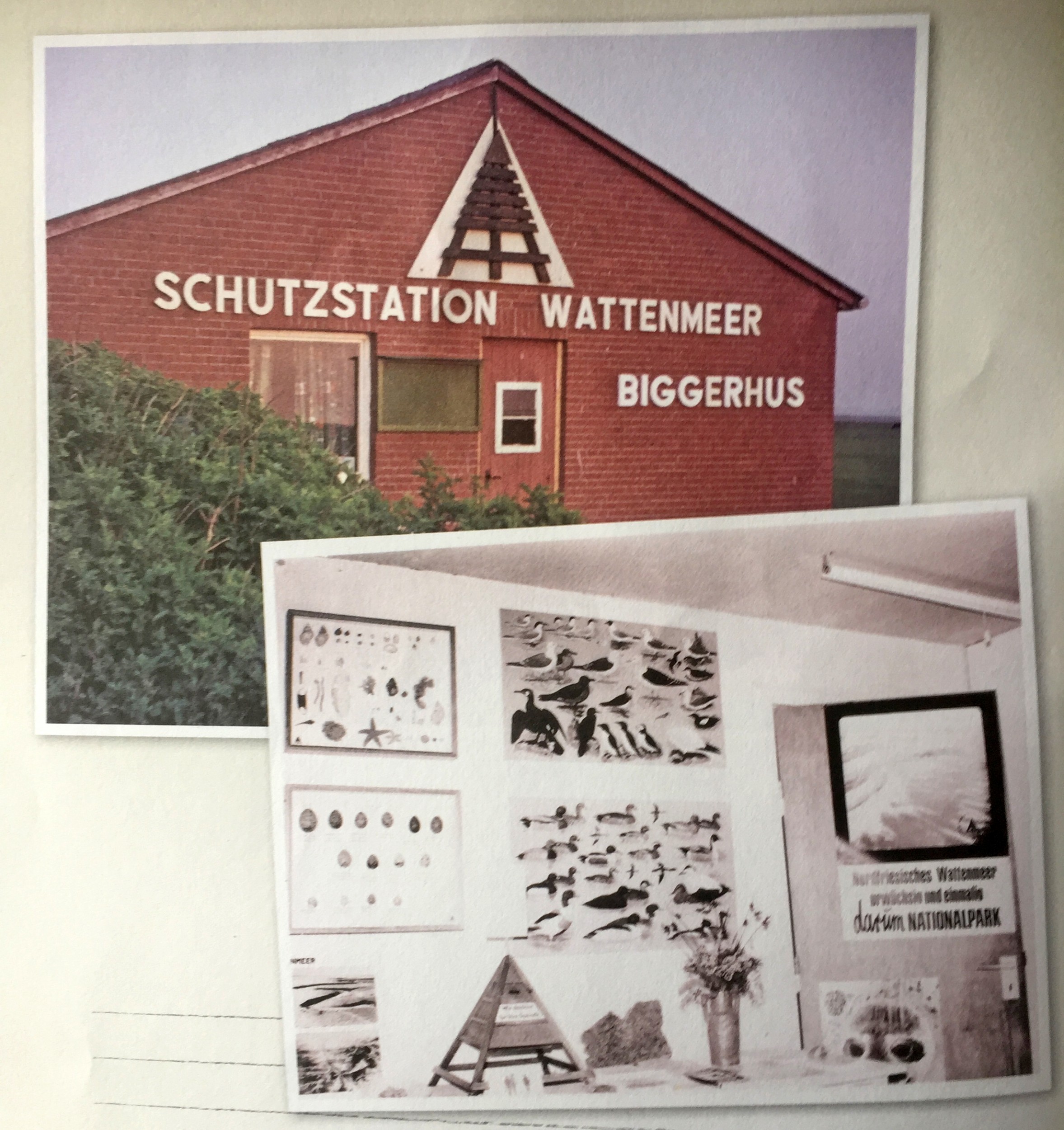
First information centre on Hallig Hooge (1964) 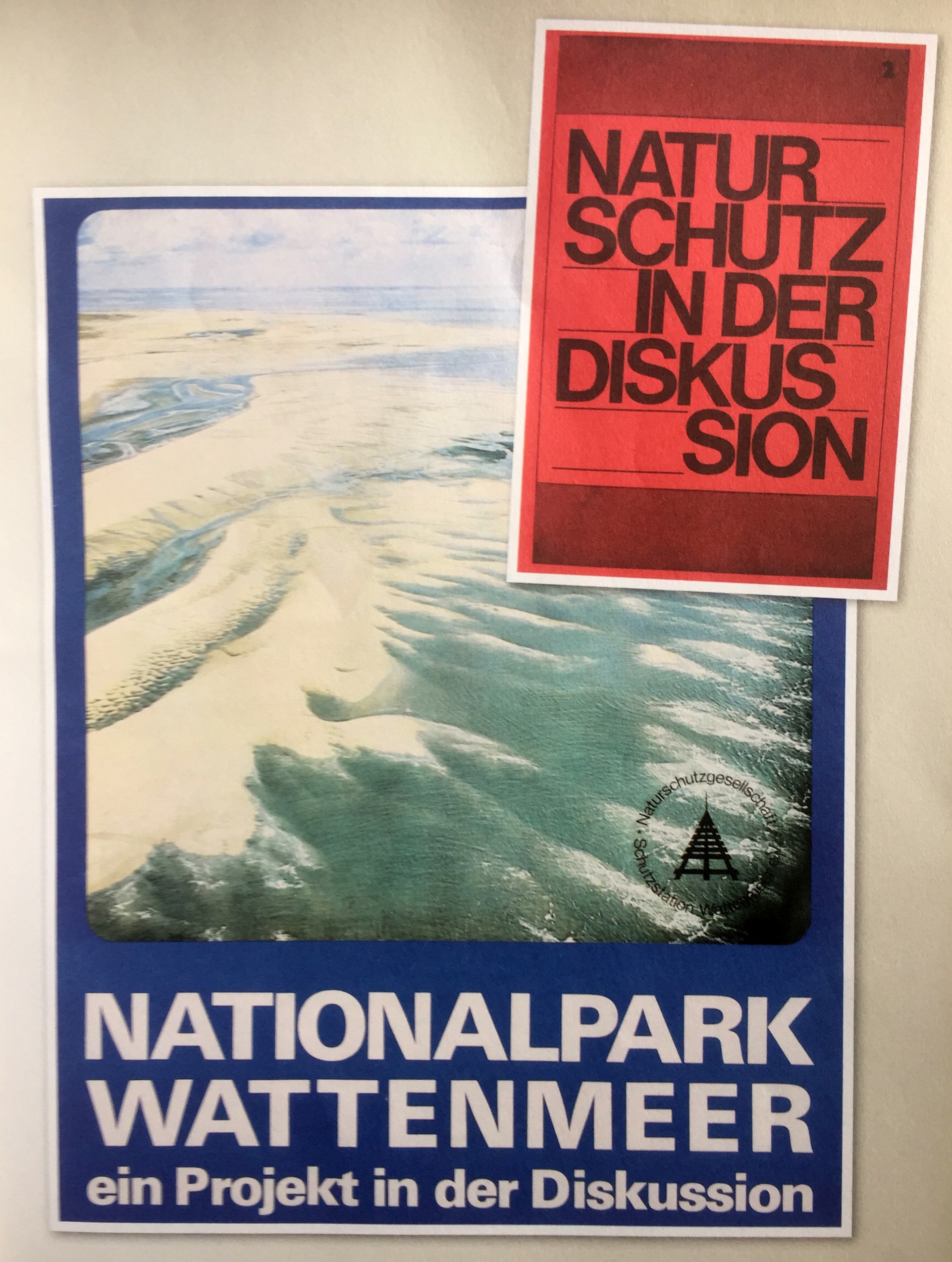
National Park campaign in the 1970s
In what way has the support from tourism increased in recent years, and how much of that you relate to the work of the Schutzstation Wattenmeer?
The Wadden Sea at the German North Sea coast is the most popular holiday destination in Germany with an increase of 2-5% per year. Local and regional tourism agencies use the status of the area as a World Heritage as a prominent marketing tool, and the Schutzstation Wattenmeer quite often is mentioned as a best practice example in their marketing strategies.
Which other regions could learn from the Wadden Sea example? Is there already a process to replicate the experiences you made?
Today many initiatives in the world aiming to create or develop protected areas are facing similar challenges as the Schutzstation Wattenmeer 50 years ago. Combining nature conservation and tourism can be a solution and successful strategy, which in many cases has the potential to produce win-win results. Important is to find and keep a balance of avoiding overtourism with all its negative impacts on the environment but achieving positive impacts by promoting conservation supporting forms of tourism.
The Schutzstation is very keen to assist other NGOs and tourism enterprises in their way to combine nature conservation, local people’s and tourism interests.
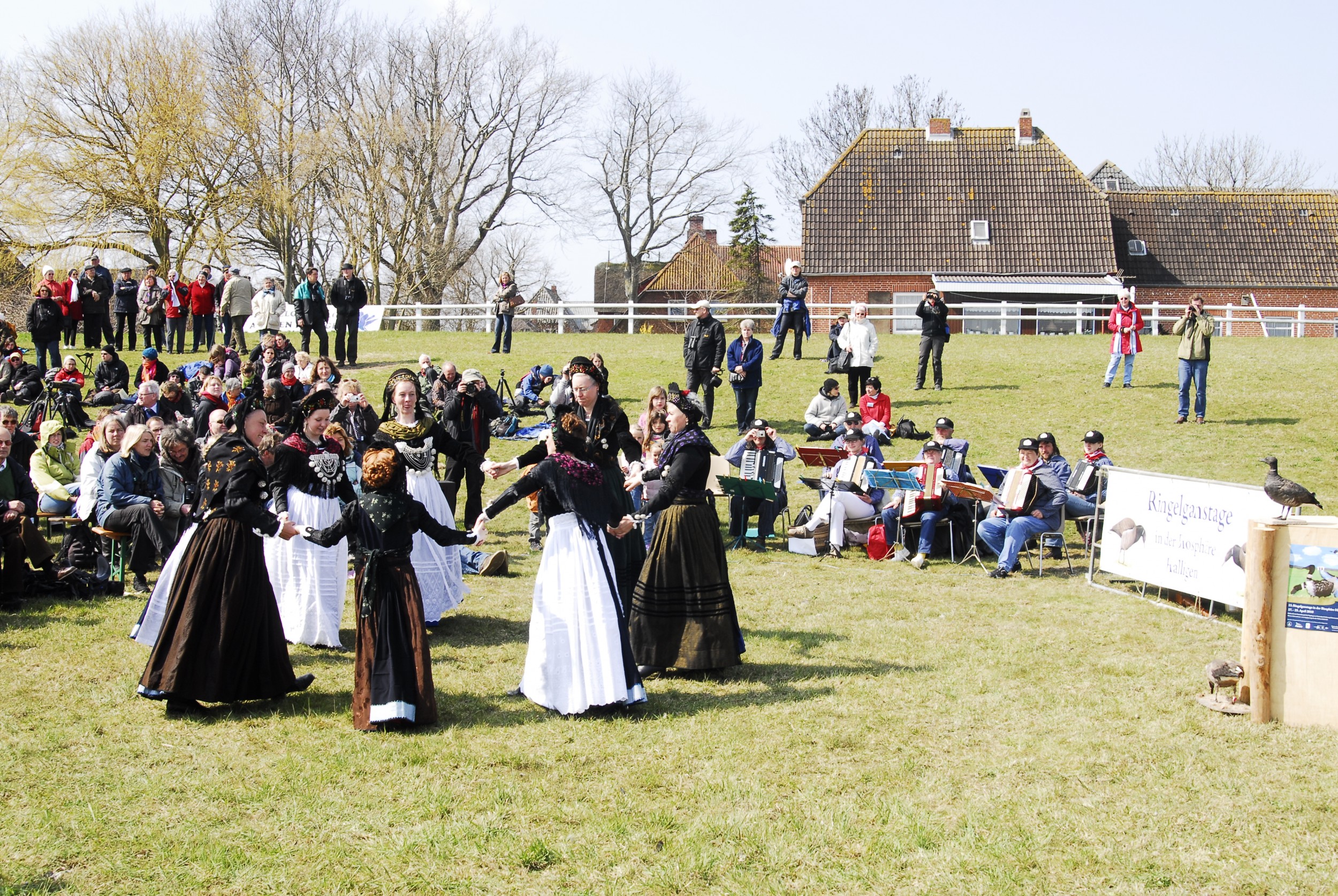
During recent years, different people and institutions have build up partnerships and exchanges with another region with extensive tidal flats internationally important for Arctic shorebirds: the Yellow Sea of China and the Koreas. Many experiences from the Wadden Sea could probably be “exported” to the Yellow Sea when it comes to achieving also World Heritage status there. Also along the East Atlantic Flyway of coastal birds, more cooperation and exchange of experiences could be reached with other important tidal flat areas such as those on the African West coast.
Where do you see the value of being a member of LT&C and could that value be increased if we would establish a German-speaking chapter?
LT&C provides for us a very important outreach and link to the international scene of like-minded governmental and non-governmental conservation and tourism-related organisations, institutions and companies around the world. It opens up additional channels for exchanging experiences of both positive examples or coping with common problems, such as overtourism, digitalization, adapting to climate change. We are proud to be a founding member of LT&C and like to offer our experience to others in the world.
A German-speaking chapter would help to build up a growing network of LT&C members and partners in German-speaking countries for creating more communication, exchange of experiences and finally more LT&C-Examples. Another very important point could be to increase cooperation with other German-based organisations and institutions such as the Nationale Naturlandschaften (former EUROPARC Germany) and other Tourist Associations in Germany. Locally and regionally valuable cooperation examples already exist. They could be extended to national and international scales.
Therefore we would support the establishment of a German chapter of LT&C.
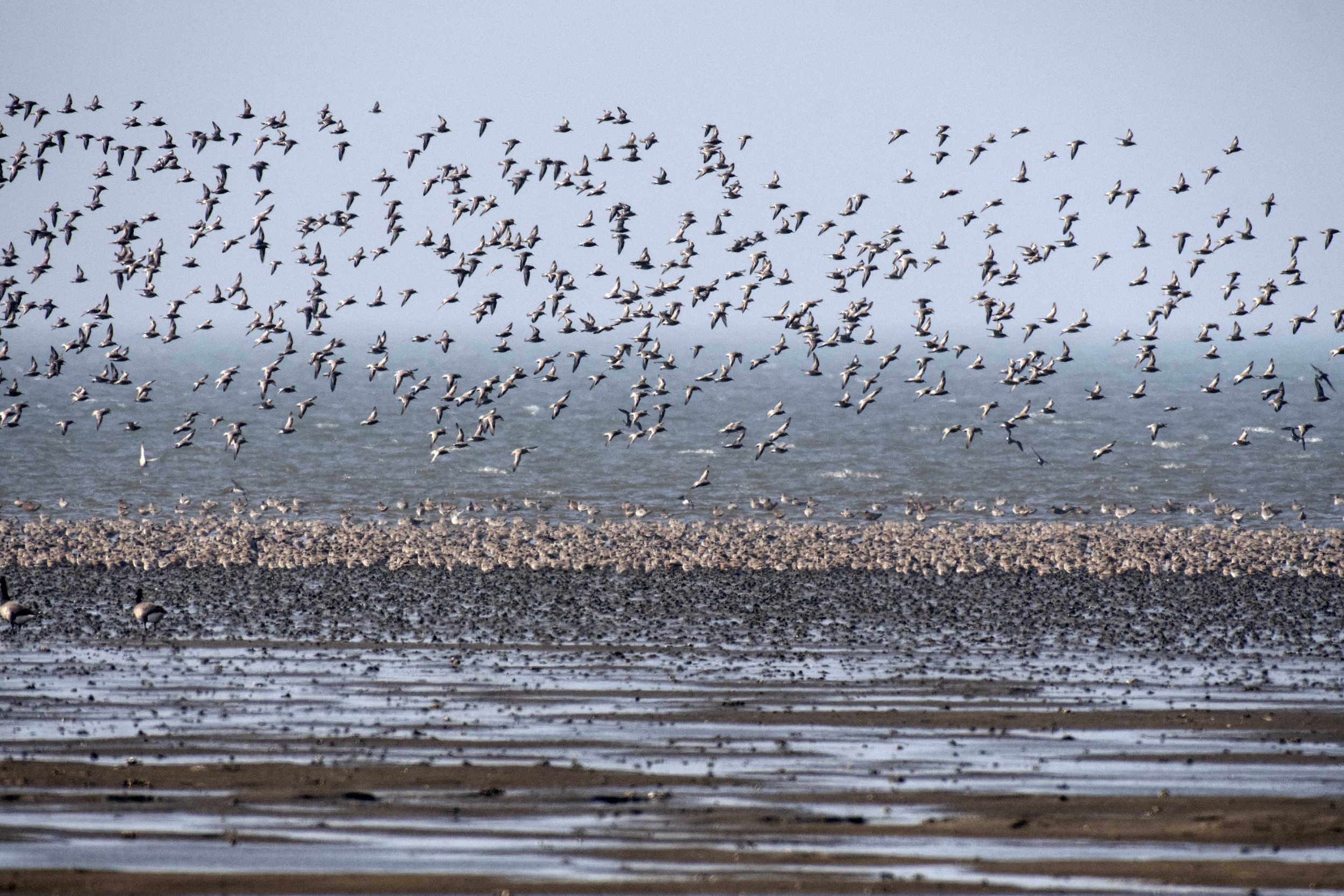
Knots on their way to the Arctic 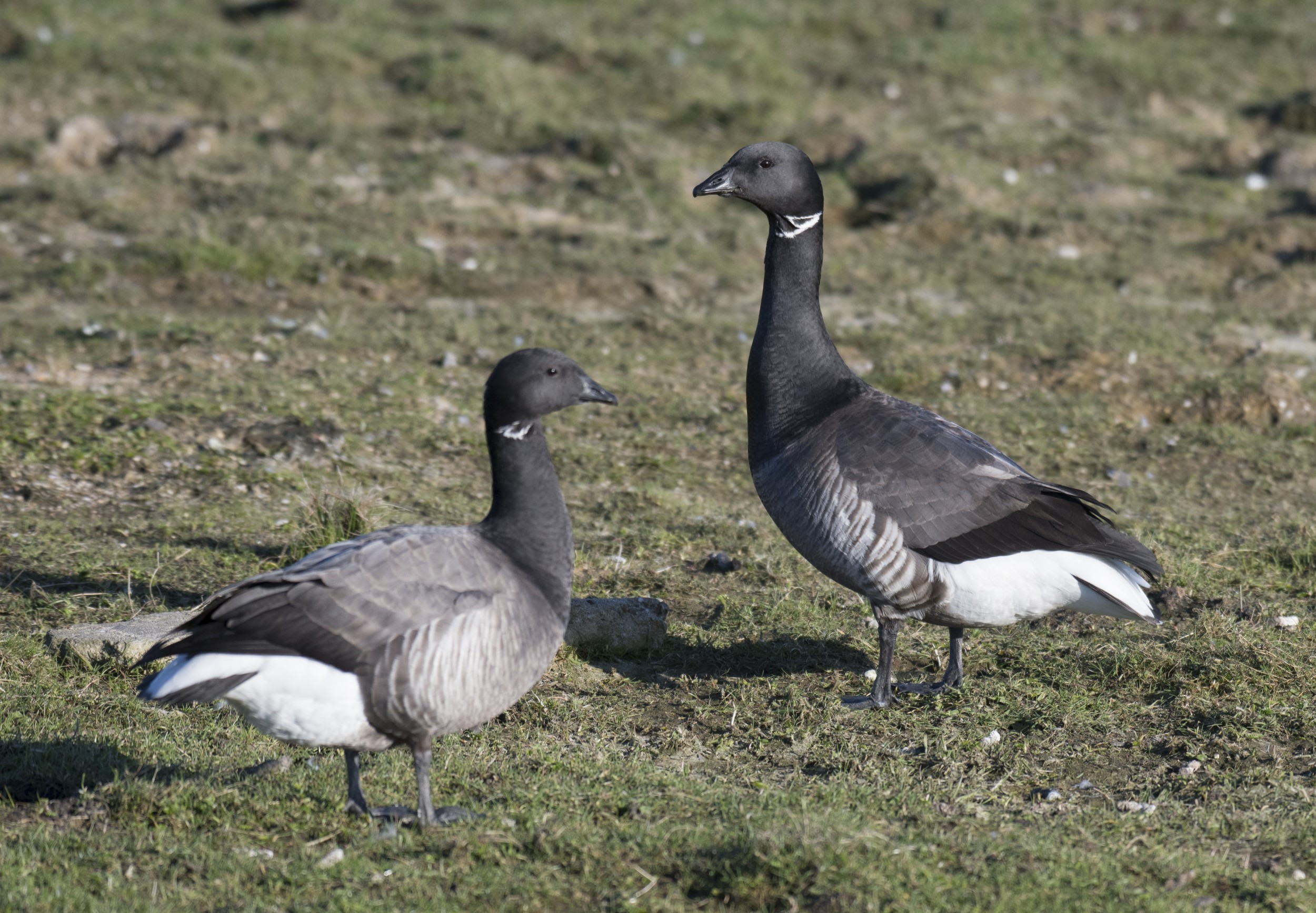
Brent geese 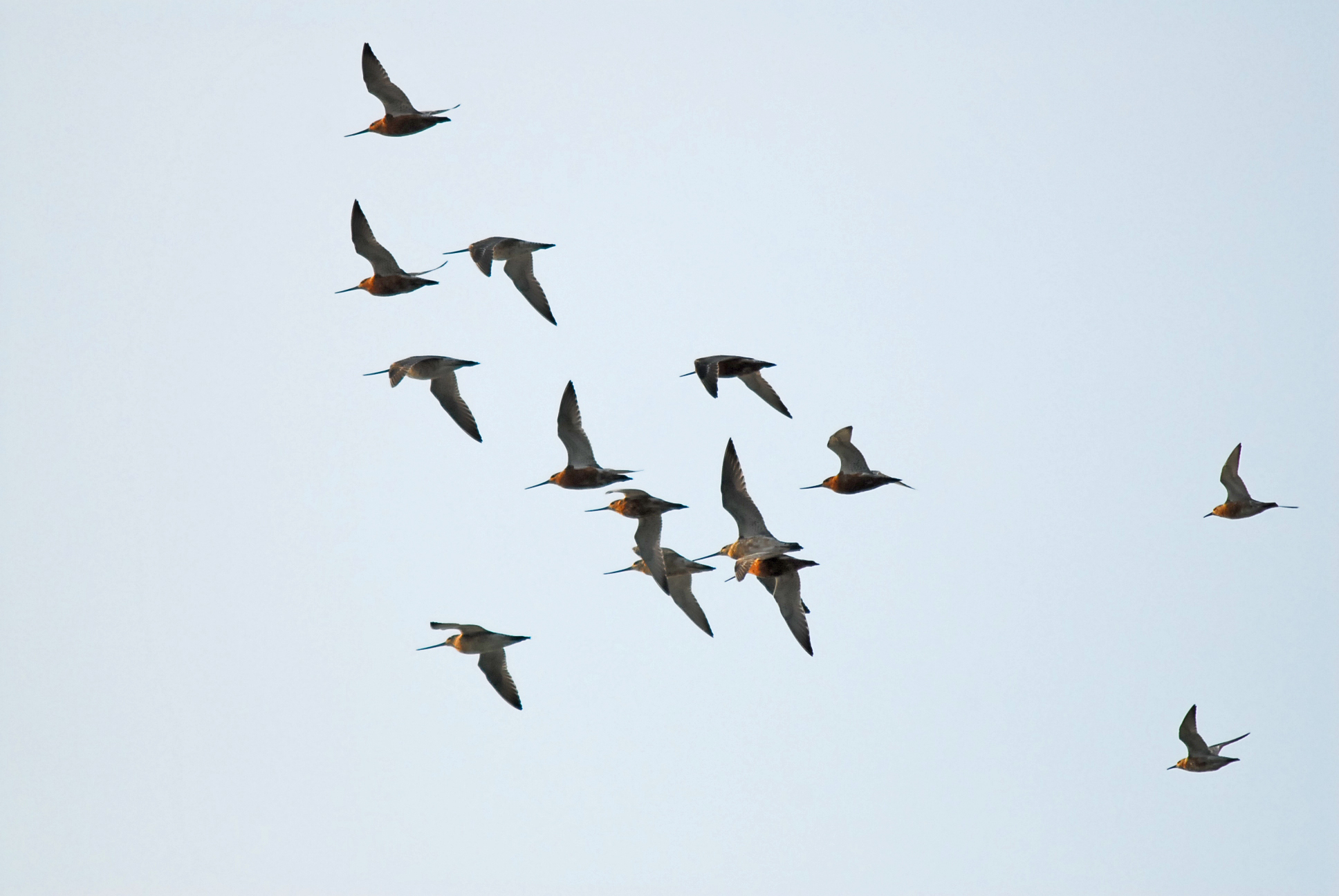
Bar-tailed godwits use the East Atlantic Flyway

